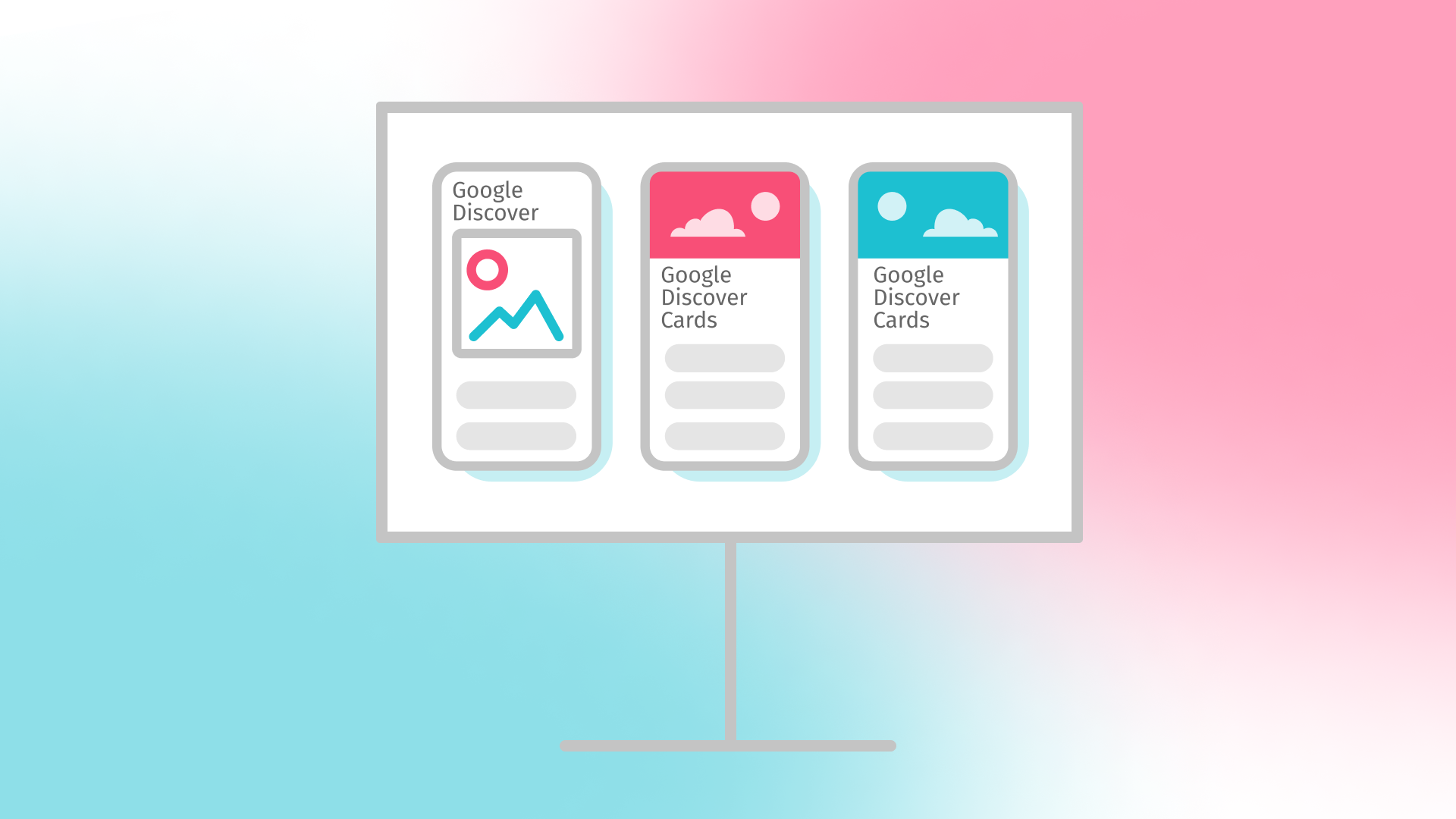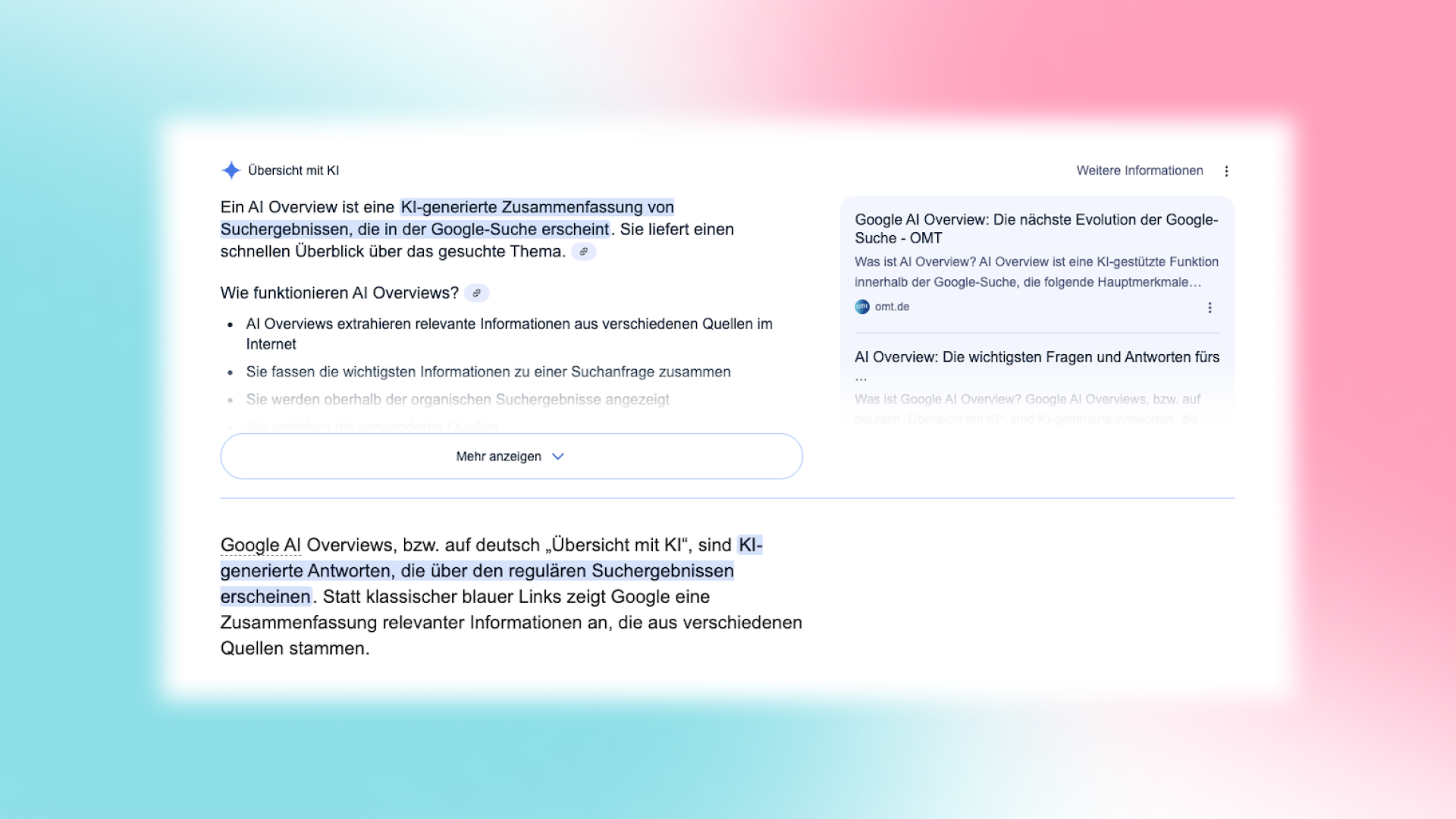Complex and time-consuming audience analyses are likely familiar to you. A good alternative is to understand a target audience based on their generation. Cross-generational marketing involves planning and executing campaigns with a focus on the target audience's generation.
People born within a certain time frame are in a similar life stage and have been shaped by the same influences and events. This is reflected in their values, priorities, and lifestyles. Therefore, it is essential to closely examine the different generations to determine which marketing strategy is most likely to succeed.
In the following, you’ll learn why generational targeting is important and how to best reach the different generations.
Why Is Cross-Generational Marketing So Important?
Generational marketing offers many advantages, including the following:
- Advertising messages can be tailored to the relevant generation
- Information about generations can be used to shape campaign messaging
- Targeting a specific generation reduces scatter losses
- Gain insights into how each generation interacts with technology
- Understand which devices and channels each generation prefers
- Learn where to find each generation online based on their behavior
What Distinguishes the Different Generations?
Significant differences exist between the generations due to various factors. They have been influenced by the events of the world they grew up in, including the social and geopolitical climate, as well as access to specific technologies. Each generation has similar life experiences that have shaped their worldview, core values, and ideals.
Below, we take a closer look at each generation and provide helpful marketing strategies for reaching them.
Traditionalists (1922-1945)
Traditionalists experienced World War II and the post-war period as children, adolescents, or young adults. Unlike later generations, technology was not as advanced during their youth, so computers and the internet are often unfamiliar concepts to them. Therefore, Traditionalists play a minor role in online marketing as they prefer more traditional communication channels.
Baby Boomers (1946-1964)
Baby Boomers are the first post-war generation. They witnessed the subsequent economic boom and developed a mindset focused on achievement and prosperity. Many are approaching retirement, marking a new phase in life that offers more time for hobbies and new experiences.
Marketing for Baby Boomers:
- Combine traditional channels with online campaigns
- Custom audiences: Target users who have recently searched for information about your product category
- Dynamic retargeting: Serve ads with personalized content to Baby Boomers who have visited your website
- Display ads on desktops to strengthen brand awareness and highlight product quality
- Provide clear messaging and direct information, as Baby Boomers are savvy buyers who like to research before purchasing
Generation X (1965-1979)
This generation witnessed significant technological advances and environmental disasters (e.g., Chernobyl). As the first generation to grow up without direct war effects, they do not place work above other needs. They see work as a means to an end and strive for a better quality of life. Generation X is unique because they did not grow up entirely with technology, but are still open to it.
Marketing for Generation X:
- This generation is receptive to digital advertising across all channels and devices
- Dynamic retargeting: Serve personalized ads to Generation X consumers who have visited your website
- Use third-party data to better understand the households of this generation: Information about family composition and the presence of children can help refine targeting.
- Use native ads to provide more information about products and services (Generation X likes to research before buying)
- Include customer reviews in your ads to build trust with Generation X
Generation Y / Millennials (1980-1994)
Also known as Millennials, Generation Y grew up with the internet and other new technologies. They are highly educated and view work and life as two sides of the same coin. This generation places great value on a balanced work-life balance and self-fulfillment.
Marketing for Generation Y:
- Millennials are influenced by social media advertising, as well as influencer marketing and reviews
- Millennials are multi-channel shoppers
- Run cross-device ads to reach Millennials on every screen
- Smart TV ads have potential as this generation finds them informative and may seek additional information
- Use audio ads to capture Generation Y’s attention away from the screen
- Dynamic targeting: Deliver personalized ads to Millennials who have visited your website
- Provide educational content through native ads to help Millennials make informed purchase decisions
Generation Z (1995-2009)
Today’s teenagers and young adults will be the largest consumer group in about 10 years, so many companies are already tailoring their marketing strategies to this generation. Generation Z grew up with the internet and new technologies. They value individuality and the freedom to express themselves. Additionally, climate protection and sustainability are top priorities.
Marketing for Generation Z:
- Reach this generation through social media, influencers, and video content
- Content should be short, impactful, visually appealing, and easy to consume (videos, images, carousel ads)
- Advertise across all devices (smartphone, tablet, desktop, and smart TV)
- Reach Generation Z away from screens with audio campaigns (radio and podcasts)
- Brand values are important to Generation Z: Convey your brand’s values in a personal and relatable way
- Avoid intrusive ads and focus on natural, organic advertising
Generation Alpha (from 2010)
Generation Alpha is currently still children. It will take a few more years to understand their values and attitudes. At present, Generation Alpha is very active on social media, primarily consuming video content. Social media channels are likely to be the best way to reach this generation once they become a relevant target audience.
Conclusion: Continuously Update Your Marketing Strategy
The norms and values of generations evolve over time. Therefore, it’s important to keep your marketing strategy up to date and adjust it as necessary. As generations age and new technologies emerge, the preferred channels of each generation may also change. For example, before TikTok launched in 2016, no one would have thought that this social media platform would become a viable marketing channel within a few years.









